History
The Kingdom of Bhutan, Land of the Dragon, is a land locked country in Asia in the Eastern Himalayan Mountains and has control over key passes in the Himalayas. It is smaller than Switzerland and mountainous with savannah and fertile valleys.
Its history dates back as far as 2000BC as evidenced by buildings but not much is known about its early days until Buddhism was introduced in the 9th Century. Tibet was in turmoil and many monks fled to Bhutan. There are three main ethnic, Tshanglas (natives), Ngalops (Tibetan) and the Lhotshampas (Nepalese).
The country began to let foreigners in in the 1970s, but travel is still restricted to pre-arranged or guided tours. But don’t worry, there are many companies that organise trekking in Bhutan, and can take care of the details for you. A lot of people try to organise their treks around certain festivals so they can do both. For many, Bhutan is the trip of a lifetime and they want to do as much as possible while there.
Climate
Despite being in the Himalayas, the climate in the south is sub-tropical with daytime temperatures reaching 30°C in summer months. Mountains are snow covered all year and provide a stunning backdrop for the country’s festivals.
Spring and summer are the most popular times to visit Bhutan but tours are arranged at all times of the year as there are many festivals to experience.
Spring Festivals (March, April, May)
Paro Tscechu is the most popular where people dress up in masks and colourful brocade clothing. The masks represent good and bad deities and scenes of Buddhist history and legends are re-enacted. This festival ends with a look at the huge religious scroll, The Thangkha that is around four storeys tall and celebrates Guru Rimpoche.
The second most popular months to visit Bhutan with warm temperatures and stunning scenes of wildflowers and animal life. Rhododendrons are in full bloom and colour to the landscape. Monsoon is approaching so humidity starts to climb as well as the onset of rain. Get in early for travel at this popular time.
Summer festivals (June, July, August)
Haa summer festival, located in the picturesque Haa Valley celebrates the culture, religion and sport of the Bhutanese people. This is a lively happy festival where as a tourist you can take port in sports such as yak riding, try traditional food, dance and celebrate the life of the nomadic herders of the valley.
Monsoon time is from June to August but may continue into early September with frequent showers that can make trekking a wet experience. A good rain jacket and pants can make for a drier trek where you are rewarded with amazing views after the clouds depart.
Fall festivals (September, October, November)
Thimphu Tscechu is the largest festival in Bhutan that sees many people, often in their thousands; visit Bhutan’s capital, Thimphu. This festival lasts three days and people wear their finest clothes to take part. A large dance stage is set up in the courtyard of the fortress Tashichho Dzong and dances wearing masks perform dances often with religious meaning. These dances honour Guru Rimpoche and the Jambay Lhakhang Monastery. A highlight of this festival is the Mewang, or fire ceremony where a large gate made from grasses is set alight and people run underneath it.
The Dance of Tercham (treasure), held at night is to bless any infertile women so they can have children.
Black-necked crane festival held on November 11 each year celebrates the arrival of this migratory and endangered bird. This is held in the Phobjikha Valley at Gangtey Gonpa and helps to raise awareness of this majestic bird. Singing and dancing showcases the birds and the nations heritage as it hopes to conserve the bird.
This is the warmest time in Bhutan as well as peak tourist season with more than 80% of annual visitors. A perfect but busy time on the trails. Make sure you book early for travel at this time of year.
Winter festivals (December, January, February)
Punakha Drubchen is a festival that re-enacts a scene from the 17th Century battle with the army of Tibet. Men dress in battle gear and it is to remember the time when the Tibetans were driven out of Bhutan.
Following this re-enactment is the Punakha Tshechu that celebrates the newfound stability and peace after the battle.
This is the coldest time of year with clear blue skies and sub-zero temperatures in the mountains. Valley areas are still warm enough for the hardy trekker with few people on the trails.

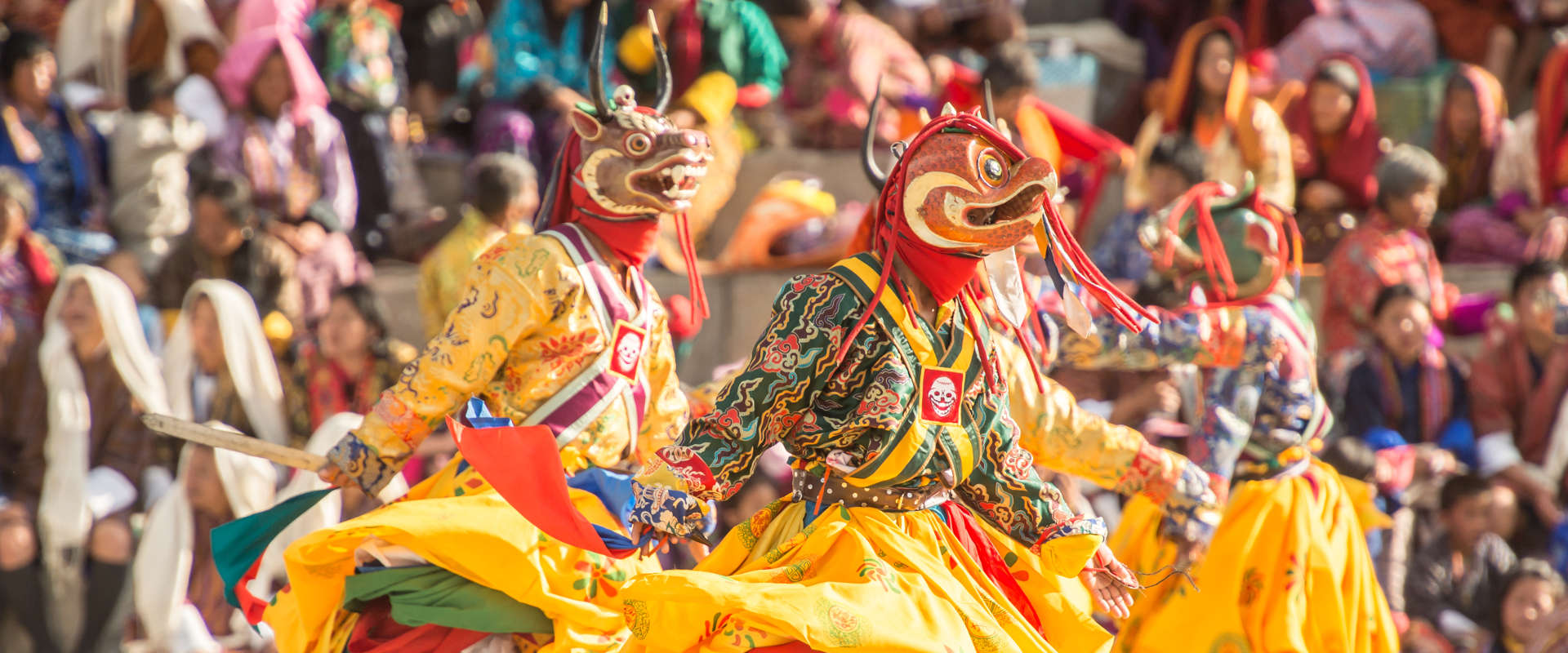
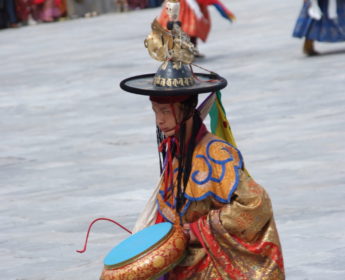
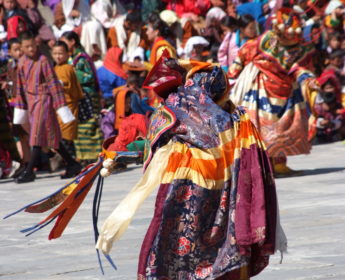

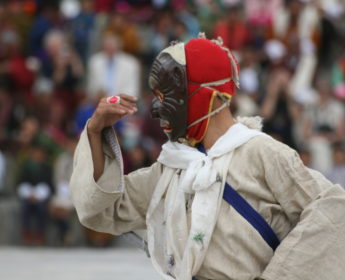
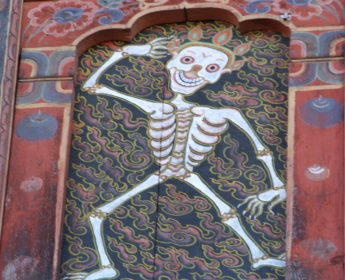
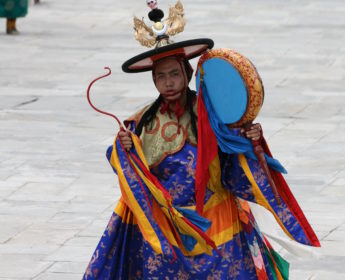
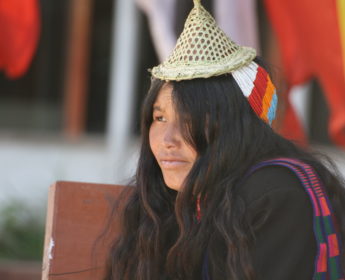
Comments are closed